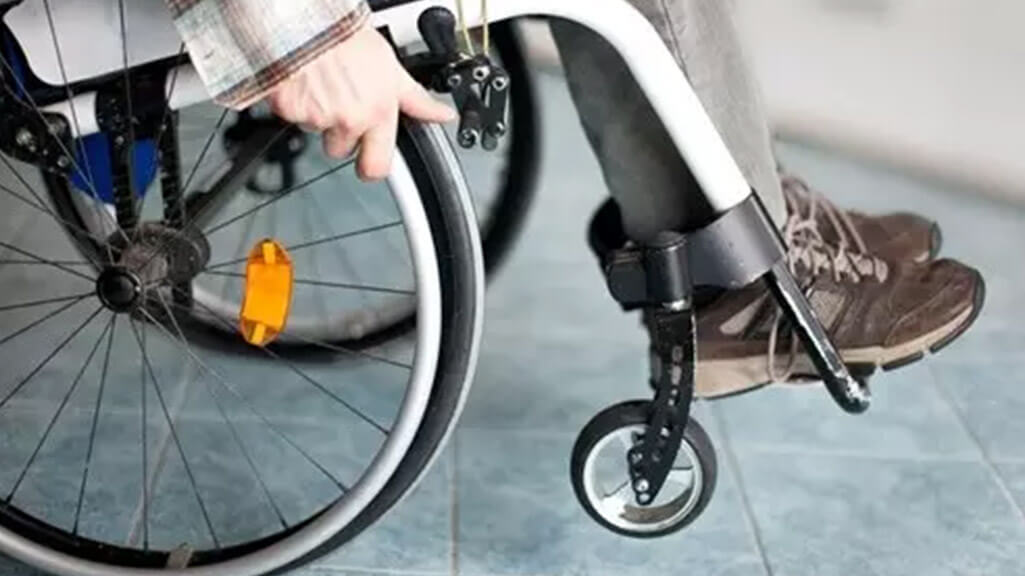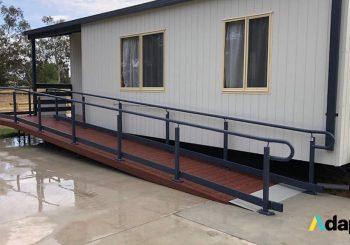In making spaces more inclusive and accessible, wheelchair ramps are now more commonly found in public. While this is a good thing, it is important to implement these the proper way. A simple oversight can make the spaces riskier and more accident-prone instead of improving the overall experience for wheelchair users.
To create accessible and safe spaces for everyone, below is a quick roundup of the most common wheelchair accidents and their causes, as well as solutions on how to avoid them.
Damaged ramps due to low quality and improper materials
Like with any project, skipping quality in the construction of the project means potential danger. Some ramps that are made with second-grade materials may show signs of wear and tear faster. In worst cases, it might even cause injuries to the people using it. Always invest in high-quality wheelchair ramps to ensure everyone’s safety.
Another consideration is the type of material used in wheelchair ramps. Some homeowners might prefer a certain material that would go well with the overall aesthetic of their home. However, this may not be the safest for wheelchair users.
One of the popular materials is wood, as it matches most home exteriors. After a certain amount of use, wood wears down and sags, which is not recommended for wheelchair ramps that receive frequent traffic daily. Wood also rots when exposed to outdoor temperatures.
Falling because of the lack of handrails
Handrails add another layer of safety for wheelchair ramps, especially for people who need extra help when using them. The rails also prevent wheelchair users from getting off course while on the ramp. For the elderly and young children, the ramps can prevent them from falling. The handrails are helpful as well even for people who might carry lots of things, parents with strollers, or injured people.
Sliding off the ramps because of extreme steepness
Installing wheelchair ramps isn’t just about having a smooth surface for the wheels to roll over. A properly designed ramp would also consider the comfort of the wheelchair users in going up and down the ramps, without making it too steep.
Sometimes, installed ramps are far too steep, making them unsafe for wheelchair users to use. To avoid this, work with experts who specialise in designing custom-made wheelchair ramps that are complete with handrails.
Avoid these risks by working only with professionals who take pride in designing intuitive ramps that innovate accessibility and mobility in Australia. For over 20 years, Adapta has been helping Australians enjoy equal access opportunities. Interested to know how we can help? Contact us today.



